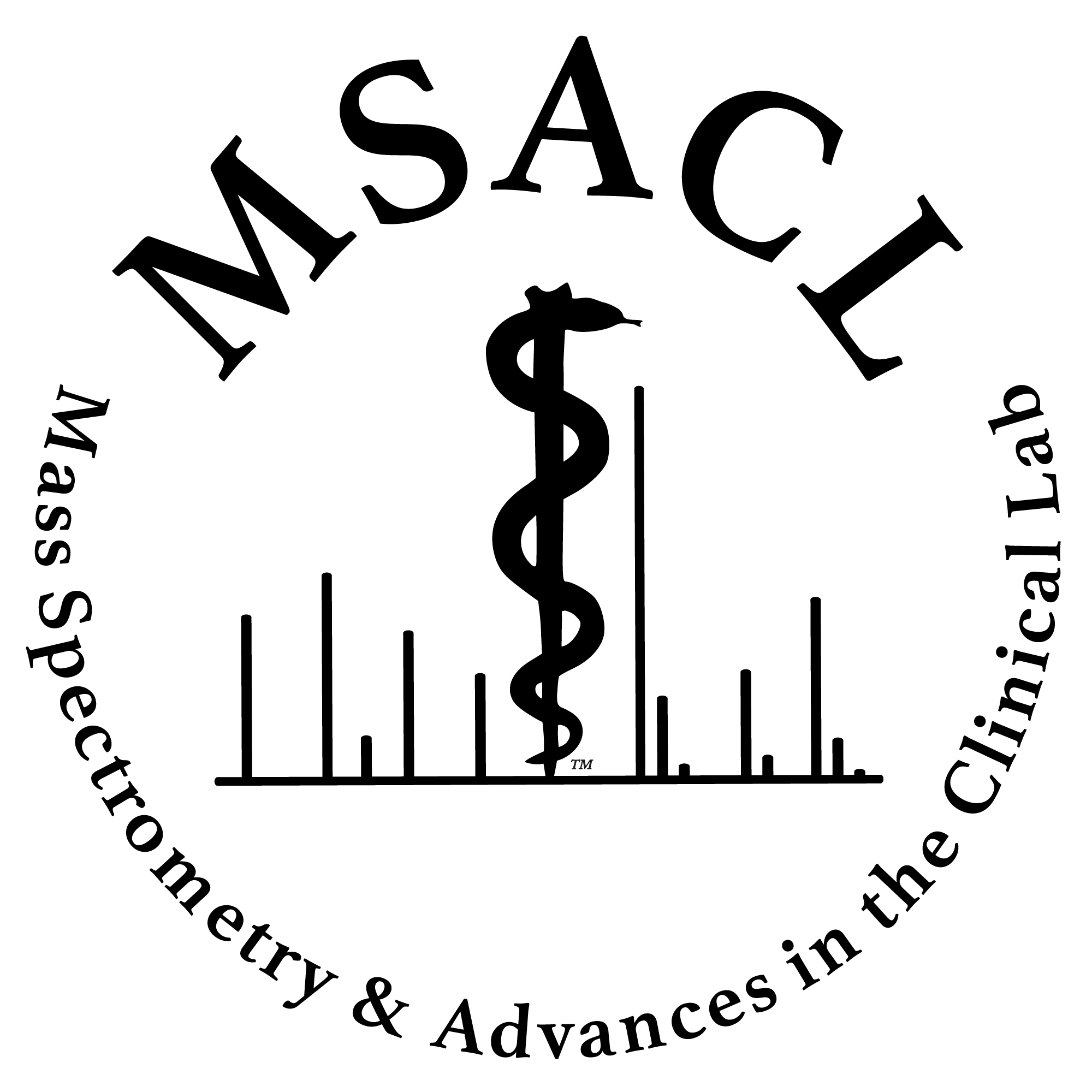 Establishing Metrological Traceability Based on the Example of Cortisol Establishing Metrological Traceability Based on the Example of Cortisol
Judith Taibon (1), Myriam Ott (1), Neeraj Singh (1), Galina Babitzki (1), Daniel Köppl (2), Alexander Gaudl (3), Andrea Geistanger (1), Uta Ceglarek (3), Manfred Rauh (2), Christian Geletneky (1)
(1) Roche Diagnostics GmbH, Penzberg, Germany (2) Clinic for Children and Adolescents, University Hospital Erlangen, Erlangen, Germany (3) Institute of Laboratory Medicine, Clinical Chemistry and Molecular Diagnostics, University Hospital Leipzig, Leipzig, Germany
Judith Taibon, PhD (Presenter)
Roche Diagnostics GmbH |
|

